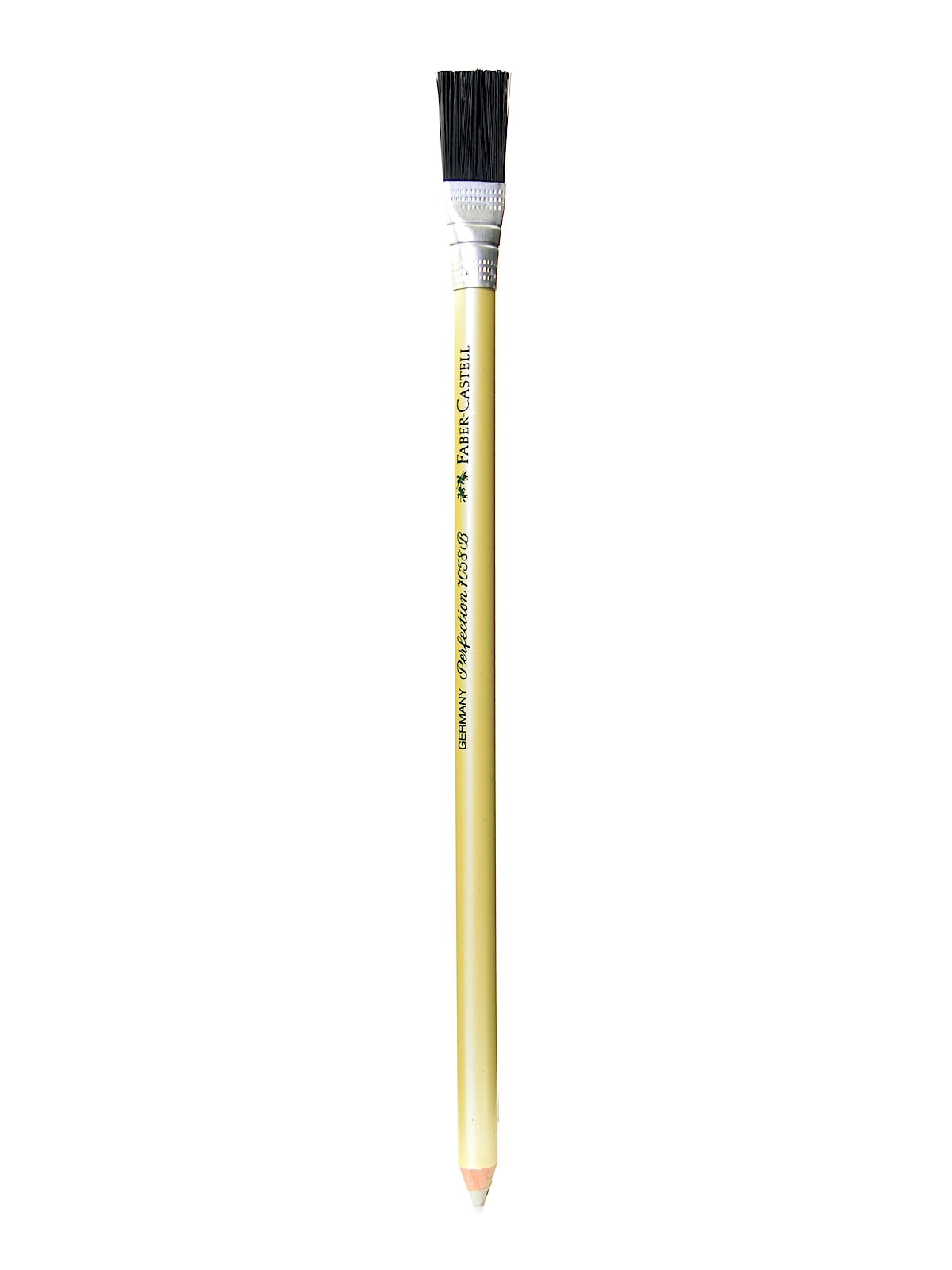

I think the way falloff in 3d coat vs focal shift in Zbrush is a fundamental difference that should be overlooked. I think the changes have been for the better. One thing about 3d-Coat is that the brushes have constantly been changing, which isn't a bad thing, but that makes it hard for me to say definitively what it feels like vs something else because previous versions have been different. I'll definitely try out the Dam Standard 2 brush though and do some comparisons. I think 3D coat has gotten better in this regard, but I only use a few brushes like I said and I don't use ZBrush that much, so I can't make a definitive statement one way or the other. in the sense that what I expected and what I got were the same. When I've used Zbrush a little bit here and there, the sculpting has felt in some ways a bit more predictable and the surface felt firmer.and the stroke details more localized. I mainly use pinch and one of the rapid or clay brushes. Thanks my ignorance.I have yet to do a deep dive into sculpt brush settings. What brush is that? I wonder if it has anything to do with the way falloff works. The 3DC brush engine definitely needs whatever zbrush is doing that makes it work so well in this regard, unfortunately it does not appear to be present in 3DC's new one (at this point in time). The tool's behavior is definitely important, but I think there is something else driving this difference, namely how it interprets input and displaces the mesh, especially when it comes to overlapping/sharp cornered areas. I really struggle to get the same kind of results with 3D Coat.

This is one brush that is able to offer so much variety in result without making any adjustments to its properties. There is definitely something Zbrush is doing behind the scenes that is giving the user a finer amount of control on their brush strokes, with a more natural surface displacement going on with the same kind of ease. I'd say in comparison to the way the mesh displaces the surface, it is horrendous, at least to me. Picture: Less than 20 seconds of squiggling it around, broad strokes and close proximity ones. Not sure if that makes sense or not, but that's what I suspect zbrush and Mudbox do and I think 3D Coat does the same when you paint on a sculpt object with depth in the paint room.with the only difference being that the brushes there are extremely limited and the seem to just push out on the vertex normals.Īnother simple example.

a black and white pixel information to displace an underlying mesh you could do a lot of cool tricks since you're really just be working into a 2d texture essentially, so blending, masking and smoothing would all work really nicely and you'd have the same level of control as you would if you digitally painting something in Photoshop. Of course, I don't know how it all works under the hood, but I think if you paint with displacement. I think the best path towards what you're suggesting to is to create a more robust set of sculpting abilities in the paint room, which seems to be more a straight displacement style sculpting. There is just something different going on with the brush behavior that is keeping it heads above the competition, and its not just performance. I hate to say this, but the developers might have to take time to use zbrush for awhile to kind of '"reverse engineer" what is going on with their brush engine, assuming they have not done it already. Keep in mind this is the Dam Standard 2 brush, not the more simplistic version that comes with Zbrush by default. 3DC just gives me horrendous results trying to emulate the same thing, leaving me to think its just not possible in 3D Coat as it exist now. Depending on the direction you move the brush it creates a specialized pattern that mixes well with intersecting crevices. Zbrush seems to displace the surface in such a way where its shifting and expanding out the areas around the cut, and when the cuts intersect they merge smoothly with one another. I tried just about every combo, once more just now including that one with a similar alpha and could not even get close to the same results or behavior. Clay draw > Pinch is very close to Dam Standard 2


 0 kommentar(er)
0 kommentar(er)
